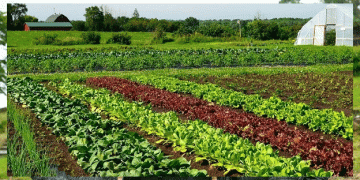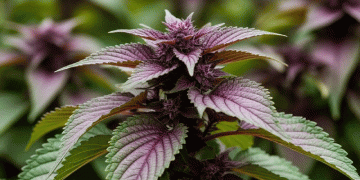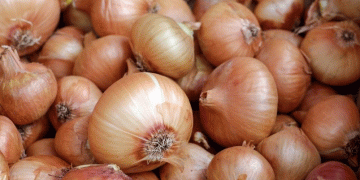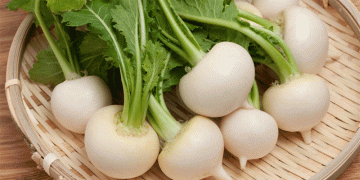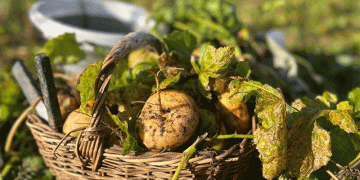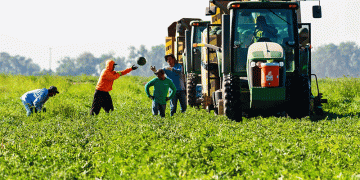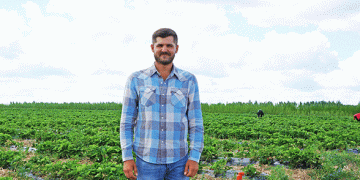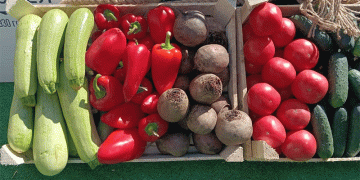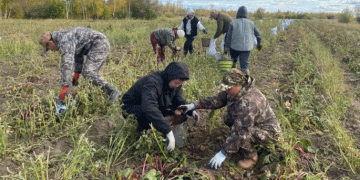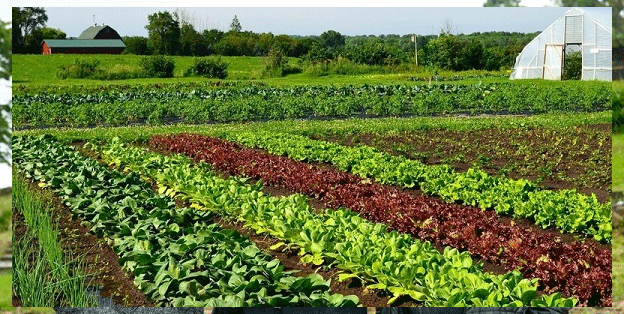In Punjab, numerous farmers and vegetable growers have had success in growing warm season crops during the winter months using innovative methods. Using ready-made seedlings and vines, they can achieve significant profits.
Punjab farmers are increasingly turning to the innovative practice of growing warm season vegetables during the winter months. This method involves purchasing ready-made seedlings and vines from the market, such as various types of pumpkins, to avoid the problems associated with direct sowing. By using plastic sheets and polytunnels, they can protect these crops from the cold, allowing them to thrive and provide early harvests that are worth more.
Best practices for growing vegetables in the off-season
Traditionally, Punjab farmers have used organic mulch and other protective measures to protect pumpkins and similar crops from winter cold. However, these methods often failed, resulting in minimal plant development and limited early harvests. Recently, agricultural experts have been advocating the use of polyethylene houses or small greenhouses to create optimal conditions for growing warm-season vegetables such as cucumbers, melons and pumpkins.
To implement this method, farmers prepare raised beds about half a foot deep and two feet wide and plant the seeds from December 10 to 20. Before sowing, it is extremely important to enrich the soil with organic fertilizers to ensure sustainable plant growth. Farmers can build polyethylene houses using 6mm thick steel rods bent into arches spaced at 1.5m intervals and covered with 40 micron thick clear plastic sheets. The north side of the leaf should be firmly buried in the soil to protect it from cold northern winds, while the south side can be adjusted for ventilation if necessary.
Seasonal adjustments and crop management
As February approaches and temperatures rise, farmers can lift the plastic sheets during the day to prevent overheating and replace them at night for ongoing protection. This method allows you to grow pumpkins and other warm-season vegetables early, which can be ready for harvest up to 45 days earlier than usual. Early produce sells at higher market prices, providing farmers with significant profits.
In addition, the use of plastic sheets and polytunnels makes it easier to produce high quality seedlings and vines that can be sold to other growers wanting to grow early maturing crops. This secondary income stream further increases the profitability of adopting these advanced farming practices.
Strategic cultivation of warm season vegetables during the cold months in Punjab, supported by innovative methods such as polythene houses, is changing traditional farming practices. By ensuring early harvests and high-quality production, farmers can significantly increase their incomes while contributing to food security and diversified markets. This approach not only maximizes the use of land throughout the year, but also opens up new business opportunities in the sale of seedlings and grapes.
